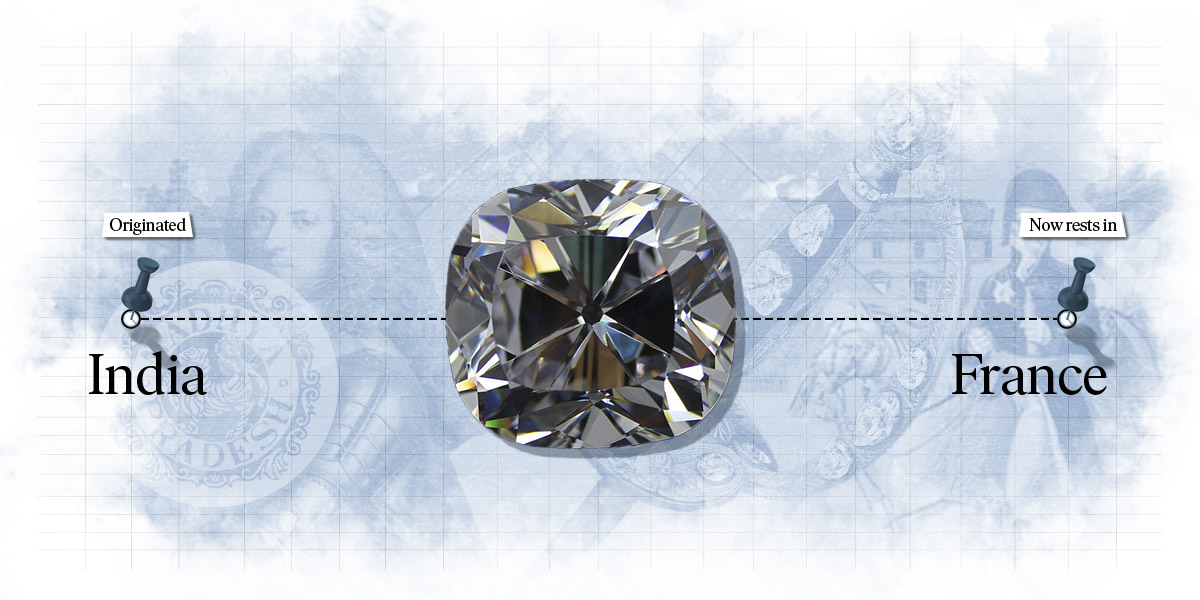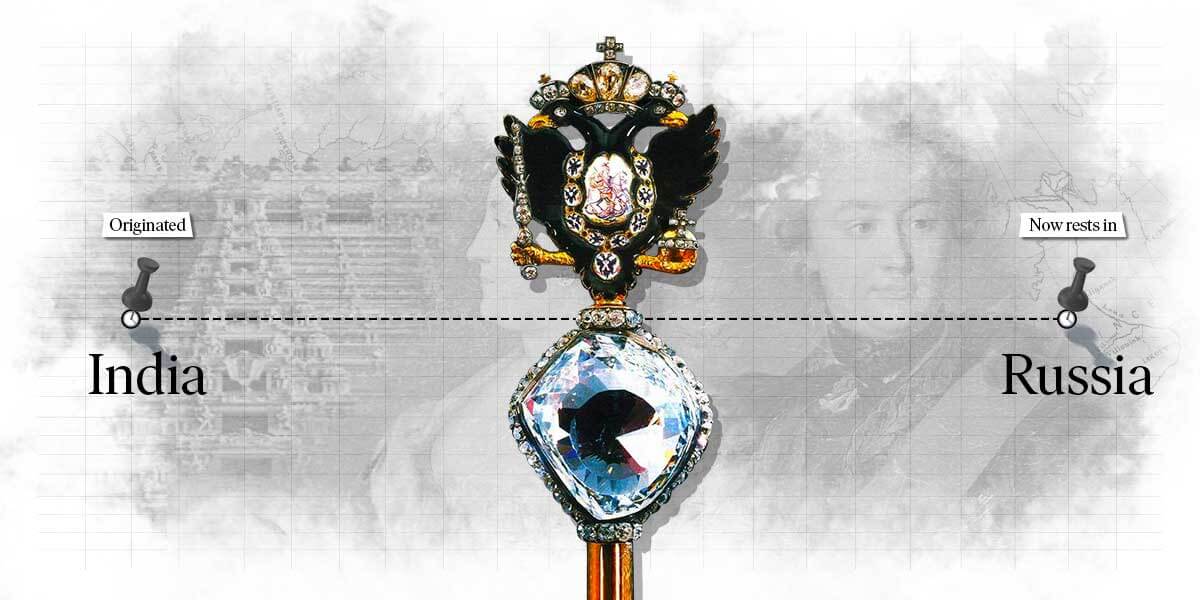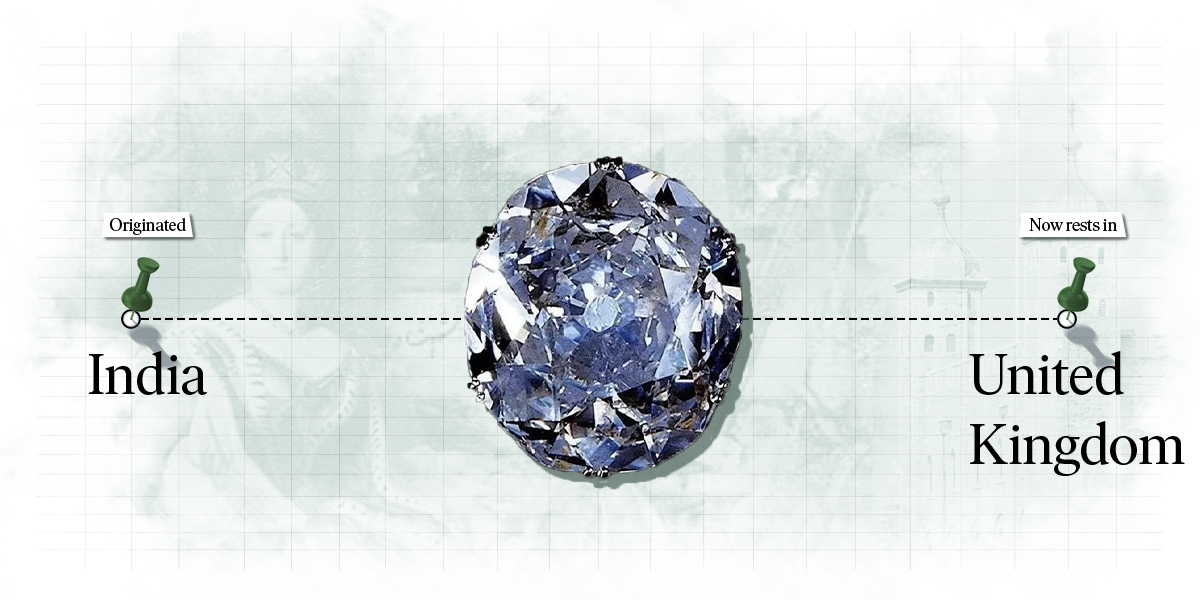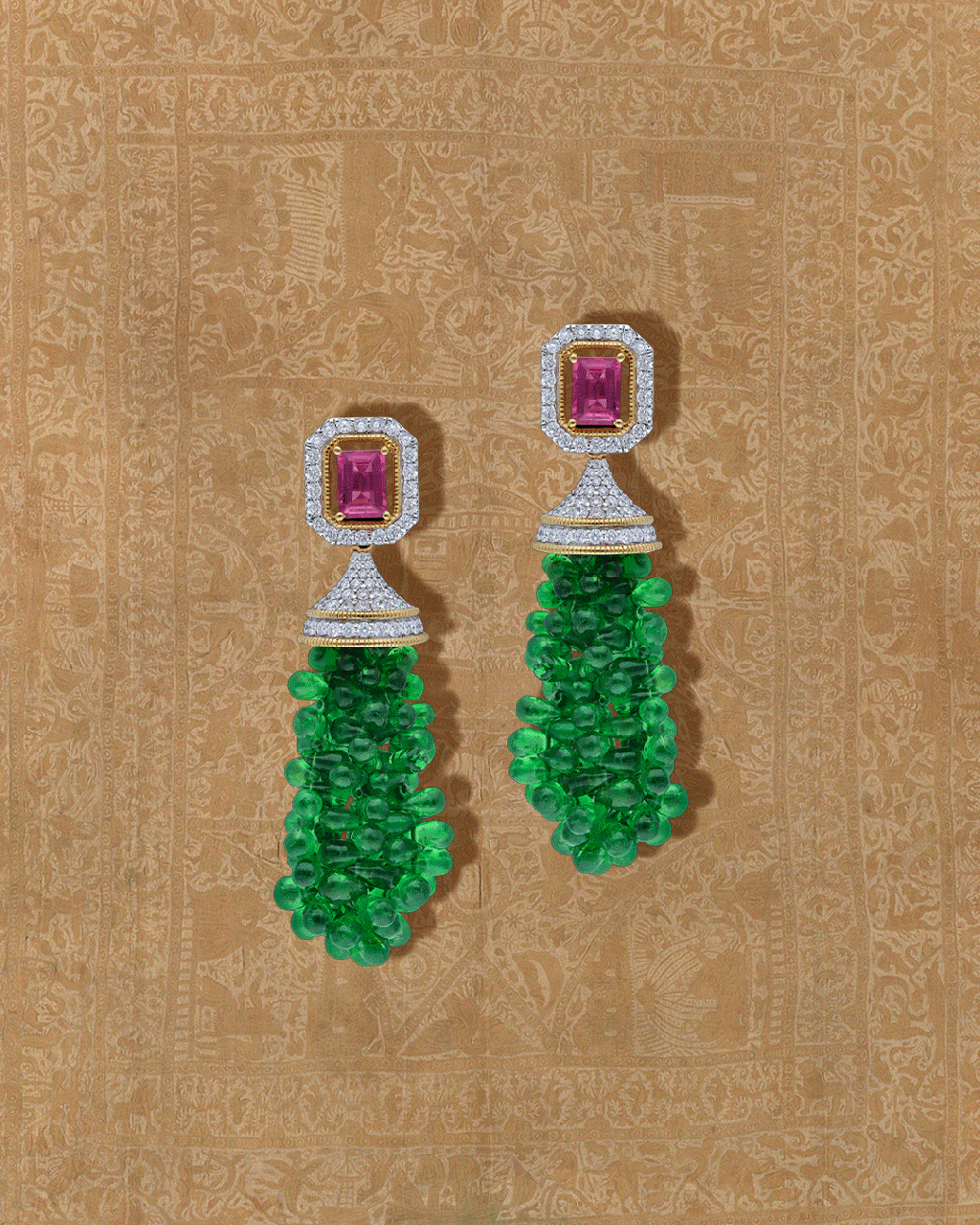The Diamond Travelogue: Unearth the Sparklers From Around the World
On World Tourism Day, we explore Diamond travelogues and trace their journey from staying undiscovered to becoming the symbols of love, legacy and valour.

On 6th November 1701, a man named Thomas Pitt, Governor of Madras, sent a piece of stone to his agent in London along with a letter that read “This accompanies the model of a Stone I have lately seene (seen); it weighs Mang. 303 and carrtts (carats) 426. It is of excellent christaline (crystalline) water without any fowles (fouls).”
Today, the world sees it as the most beautiful and purest diamond in the world and calls it The Regent.
What started as just a story of travel eventually became the chronicle of a discovery. Soon after its journey from India to England, the sparkler paved its way to the French Crown in 1717. Sometime later, it joined Napoleon on his battles and exiles, by carving a place for itself on his sword. And now, The Regent is seated on a Greek diadem in Louvre. From being just a stone, it embarked on a journey of becoming one of the most treasured diamonds. It now carries with itself the reflections of valour and victory.

Image Credit: Louvre
It’s not just the Regent, but many other diamonds from India have set sail through the ages.
Anchored in this sea of countless other voyages, breathes the story of The Orlov. Believed to be the diamond eye of Hindu God Vishnu’s idol in a temple at Srirangam till 1747, it was originally discovered in Golconda, India. It traced its path like a nomad, going from merchant to merchant, till the time it landed in Amsterdam and found its way to Russia when Count Orlov owned it. He dedicated this diamond to Catherine The Great as a token to rekindle their love and she, in turn, named the sparkler after him – Orlov. Today it proudly sits in the Diamond Treasury of Russia, in Moscow and keeps reminiscing about its journey from being an undiscovered gem to now an emblem of love and legacy.

Image Credit: PressPhoto
Amidst this sea of stories, the next sparkler saga hails from the mountain of light, Koh-i-Noor. Its epic tale dates back to 1304. Captured by the Rajas of Malwa, and later, the Mogul emperors, it eventually unfolded its way to the famous Peacock Throne.
After doing the rounds among emperors, it made its way into the heart of Queen Victoria when she started wearing it as a brooch. Today, the Koh-i-Noor has its own throne in the Tower of London.

Image Credit: Telegraph UK
From the jewels of Peacock Throne comes yet another tale of the pale pink sparkler, Darya-i-Noor. Originally mined in Vijaywada, India, it travelled from the southern dynasty to Shah Jahan’s Peacock Throne. Soon after, it embraced the hands of Nader Shah as it entered Iran with him. After his demise in 1747, the diamond marched through various kingdoms and today it shines amidst the crown jewels in Iran, gleaming as if, waiting to embark on another journey.

Image Credit: WikiCommons
It’s truly said that not all those who wander are lost. Because many of them become Chronicles of Legacy, Royalty, Belief and Love. Leaving no stone unturned, these diamonds have eandered through time and geographies and have indeed come a long way to be where they are today. But does it mark the end of their travelogues?
Even though they’re now resting on their own seashores, with the world gazing at them, all we can wonder is where they will wander next!
